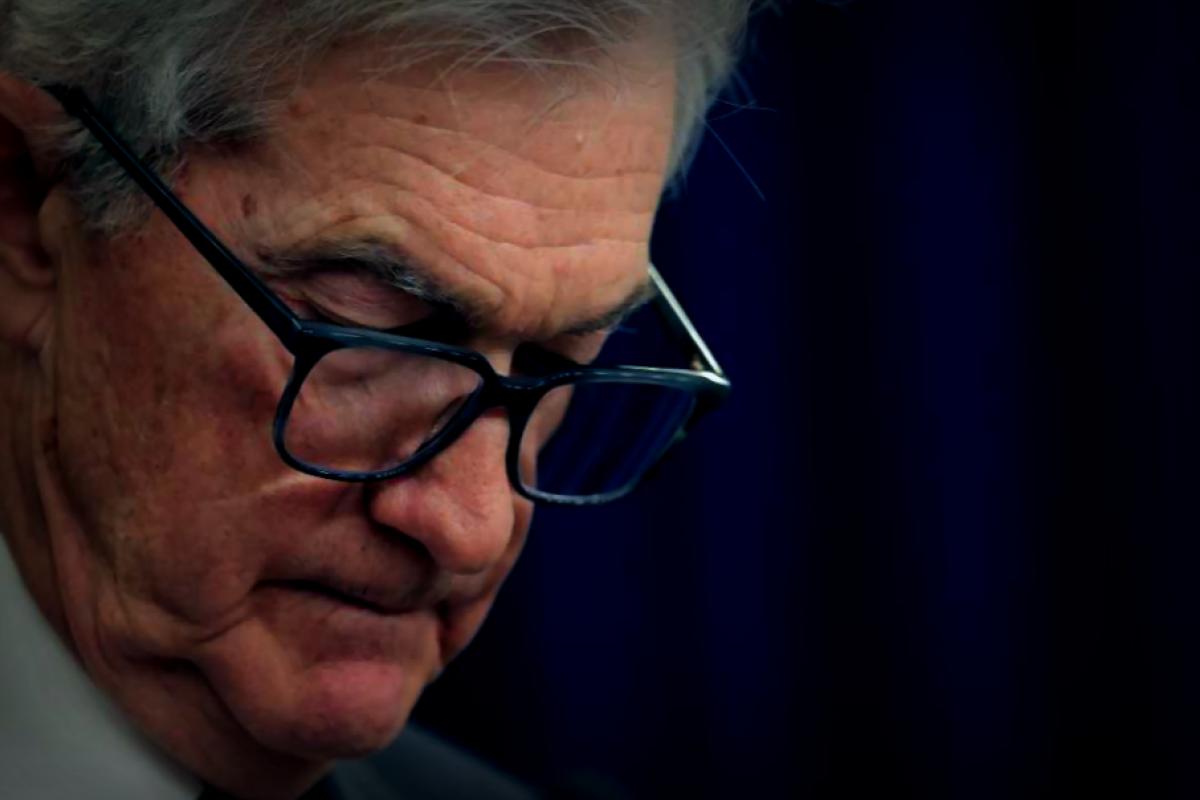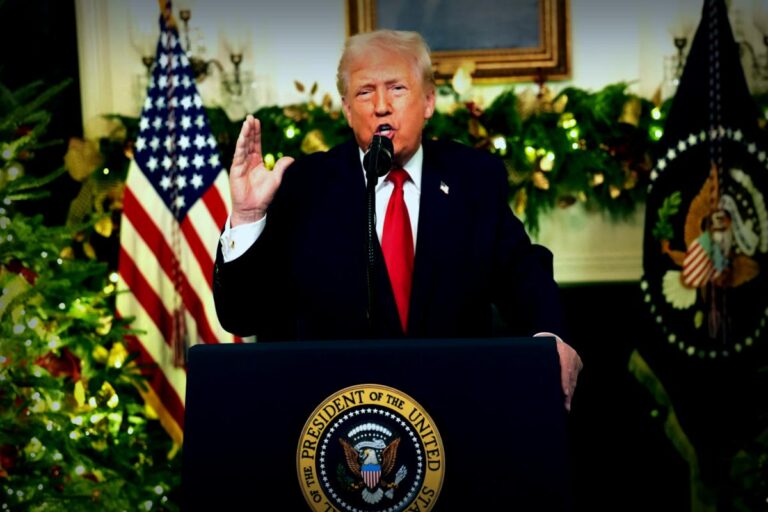It seems like Federal Reserve Chair Jerome Powell is all set to rally a slight majority among his colleagues for a 25-basis-point interest rate cut during this week’s meeting. This decision comes amidst rising concerns surrounding the economic landscape, according to experts. Yet, with all the swirling uncertainty—whether it’s about inflation or the job market—the real question hangs in the air: what comes next?
This time, Powell might face internal resistance unlike anything he’s dealt with in the past. Some members of the Fed’s board have hinted they’re advocating for a more substantial rate cut due to trouble in the labor market. Others, however, could push to keep rates unchanged due to troubling inflation readings. It’s very likely both groups might make their dissenting opinions known.
The uncertainty doesn’t end there; even the lineup for the meeting isn’t entirely clear. Stephen Miran, who is Donald Trump’s pick to join the Fed board, hasn’t yet gotten the green light from Congress, complicating his attendance. To add another layer to the mix, the White House has asked a federal appeals court to help carry out its controversial plan to let go of Fed governor Lisa Cook, which would keep her from participating in decision-making.
Don’t Miss:Fed governor Cook reportedly designated her second home as a vacation spot, contrary to Trump’s claims.
Tax hikes on imports driven by White House policies have led to economic slowdowns and amplified inflation. At the same time, there’s undeniable evidence that the labor market is losing some steam. This creates a sort of “stagflation-light” headache for Powell and his team. The very strategy they have on hand—lowering rates to buttress the labor market—could also fan the flames of inflation.
Historically High Dissent Expected
Depending on the outcome of this week’s discussion, we might witness a significant level of dissent for the first time since 1988, and possibly the first instance since September 2019 where opposing views emerge from both sides, noted Matt Luzzetti, chief economist at Deutsche Bank.
Contrary to this perspective, former advisor to Powell, Antulio Bomfim, currently leading global macro analysis at Northern Trust, doesn’t expect too much pushback. He mentioned there could be an inclination to protect the Fed from external pressures from the White House.
Bomfim stated, “External pressures might cause the members to cling more tightly to the institution’s unity.”
It’s likely that Powell will respond to all this strife by opting for a modest cut and staying relatively passive, according to Vincent Reinhart, a former Fed staff member now at BNY Investments. He anticipates that Powell will motivate dissenters to share their takes through projections in the dot plot document that showcases members’ forward expectations.
Finding Balance Amid Diverse Opinions
The Fed committee will convene on Tuesday and Wednesday, with an announcement expected at 2 PM Eastern on Wednesday. Powell will subsequently hold a press conference half an hour later.
Economists will eagerly watch how Powell addresses these dynamics, as the tone he strikes may reveal the Fed’s approaches to interest rate settings in the next few months.
Experts predict that Powell will be cautious, potentially countering market expectations of a rate cut in October. Bomfim opined, “I’m not convinced they’ll opt for cuts again in October; significant inflation risks remain.” He projects the next cut might take place in December.
Luzzetti, on the other hand, is optimistic that Powell will hint at reducing rates three times this year—in September, October, and December.
Such gradual cuts are rooted in the Fed’s aim to prevent severe weaknesses in the job market. Luzzetti doesn’t believe a recession is on the cards and noted that the Fed’s cuts might help maintain continued economic growth.
Consumer spending and business investments are seen as two robust catalysts for the economy moving forward.
As it stands, analysts are almost ready to dismiss the odds of a hefty half-point cut this Wednesday. Even economists at Citi, who are leaning towards aggressive cuts from the Fed, don’t anticipate support for a large move at this point.
A sudden 50-basis-point cut from the Fed last September caught a lot of heads by surprise, but experts contend that conditions are quite different now. “Rates are now closer to neutral levels, and Fed officials perceive more risks tied to inflation than last year,” noted Andrew Hollenhorst, chief U.S. economist at Citi in correspondence to clients.
Read More:Don’t count on Fed cuts lowering mortgage rates, but there are steps borrowers can take now.


















